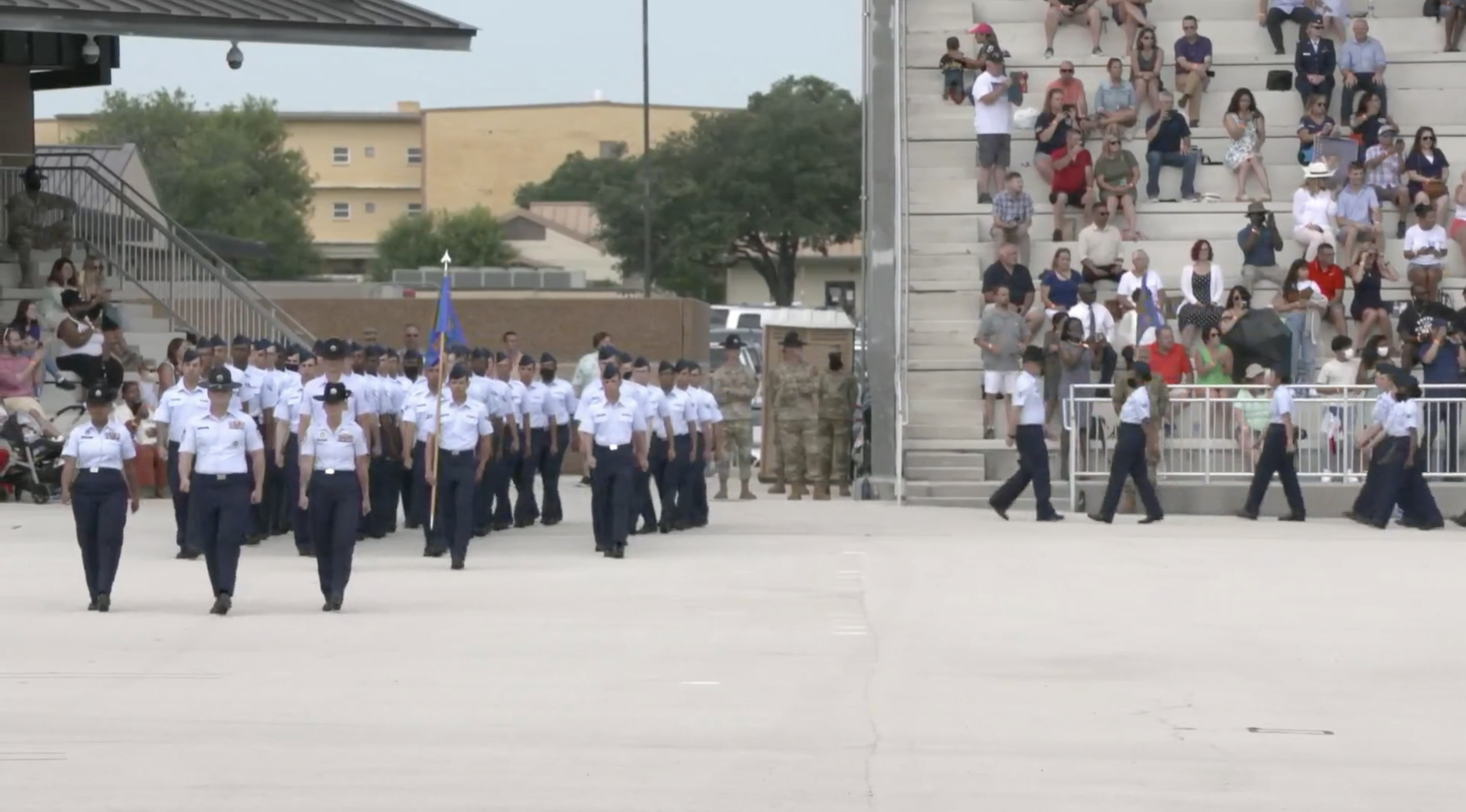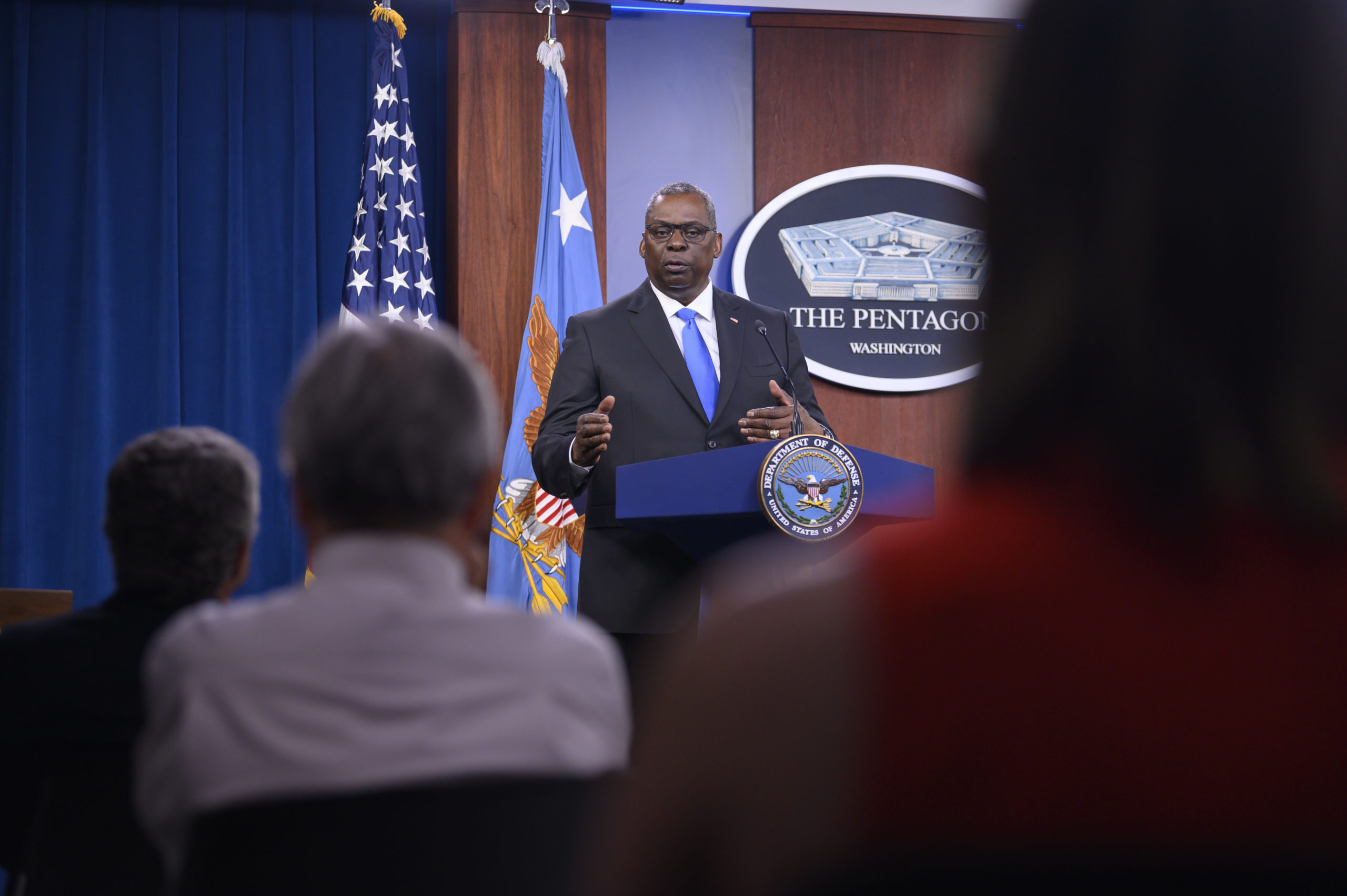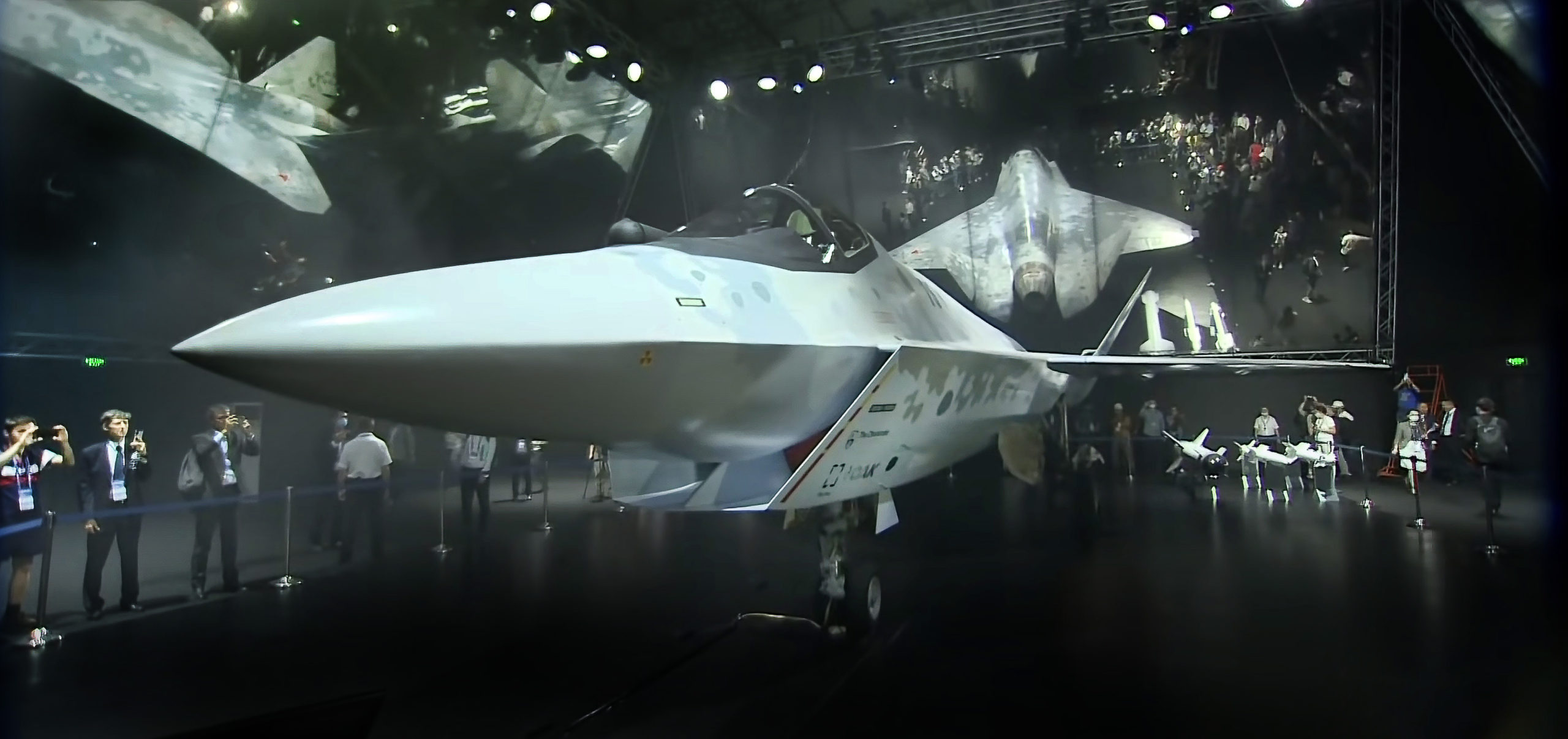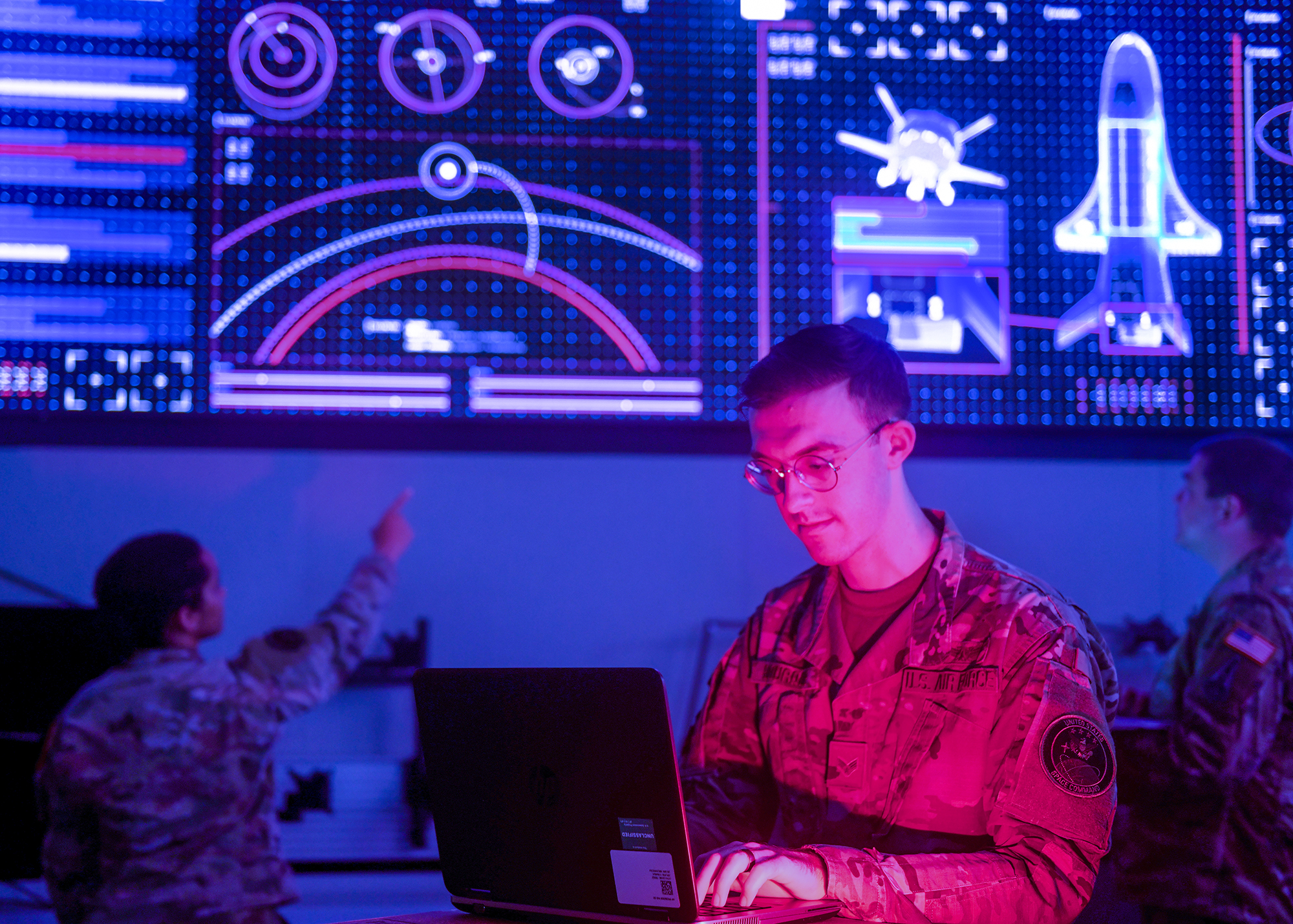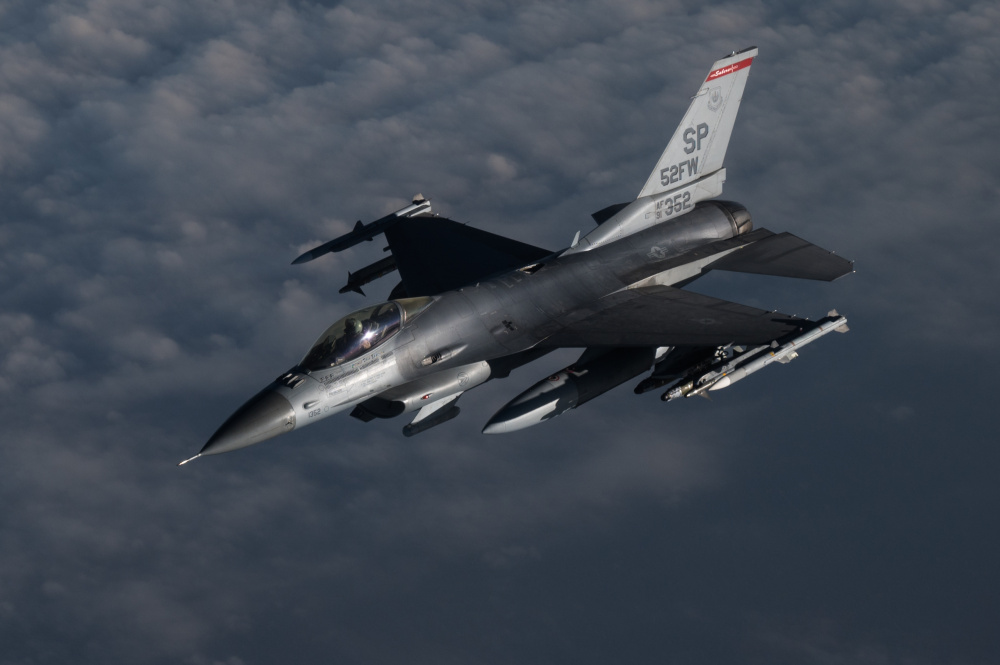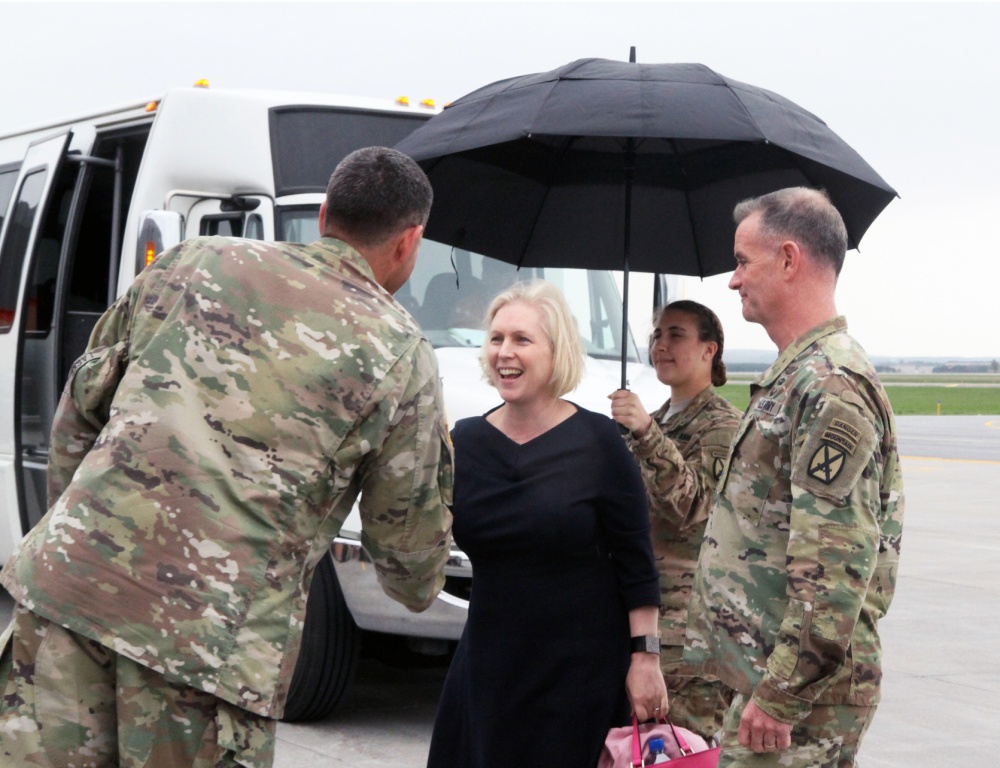The Afghan military’s future is in question because of the lack of a reliable source of fuel as the U.S. withdraws. About half of the fuel provided to the country’s fighting forces reportedly is being stolen, and the U.S. military, which has poured billions of dollars into creating a fuel source for Afghan forces, does not have a solid plan for transferring its authority, according to a new watchdog report.
The Defense Department, from 2010 to 2020, has spent $3.74 billion on fuel for Afghanistan, with another $1.45 billion expected through 2025, according to a report from the Special Inspector General for Afghanistan Reconstruction released July 21.
The Afghan National Self Defense Forces use the fuel to provide electricity for bases, operate vehicles, and fly aircraft. However, SIGAR notes the Combined Security Transition Command-Afghanistan, which managed the fuel in the country until the command was disbanded in June, did not develop a plan to transition its control of fuel to the Afghan government. The command’s authority transferred to the new Defense Security Cooperation Agency Management Office-Afghanistan, which stood up in Qatar.
“DOD still has time to take action, but must do so with a greater sense of urgency if the transfer of fuel responsibilities to the Afghan government is to be complete by 2025,” SIGAR wrote.
U.S. oversight is now largely being done remotely as American troops have almost completely withdrawn from Afghanistan. The uncertain position of fuel oversight has created a “tenuous situation for the U.S. and Afghan governments,” SIGAR wrote. “Without fuel, ANDSF operations will come to a grinding halt. Without effective management and oversight of the fuel enterprise, fuel theft and corruption will worsen.”
A former commander of CSTC-A told the watchdog that about half of its fuel is stolen.
SIGAR provided a series of recommendations, including developing a plan, with metrics for accountability, to transition oversight of fuel to the Afghan government. Among the recommendations, SIGAR says the U.S. military:
- Needs remote monitoring methods to oversee fuel use
- Should establish a formal agreement with the Afghan government for its military to regularly submit accurate fuel consumption data
- Should develop a plan to standardize training for low-level personnel who handle fuel at ANDSF bases.
The Defense Department did not respond to SIGAR’s recommendations in the report, stating that the Pentagon cannot respond to all of the watchdog’s findings during the drawdown.
Pentagon spokesman John F. Kirby, in response to a question from Air Force Magazine on the report’s findings, said “broadly speaking … our commitment to the ANDSF will continue after the drawdown is complete, in a largely financial and logistical support component.” Specific areas of support, such as fuel, are still being “ironed out,” Kirby said, noting the U.S. will continue to help Afghan forces defend “their country.”
The report comes as the Pentagon continues to send more military equipment to Afghanistan. Three UH-60 Blackhawks landed in the country in recent days, with dozens more expected, along with three A-29 Super Tucanos.

